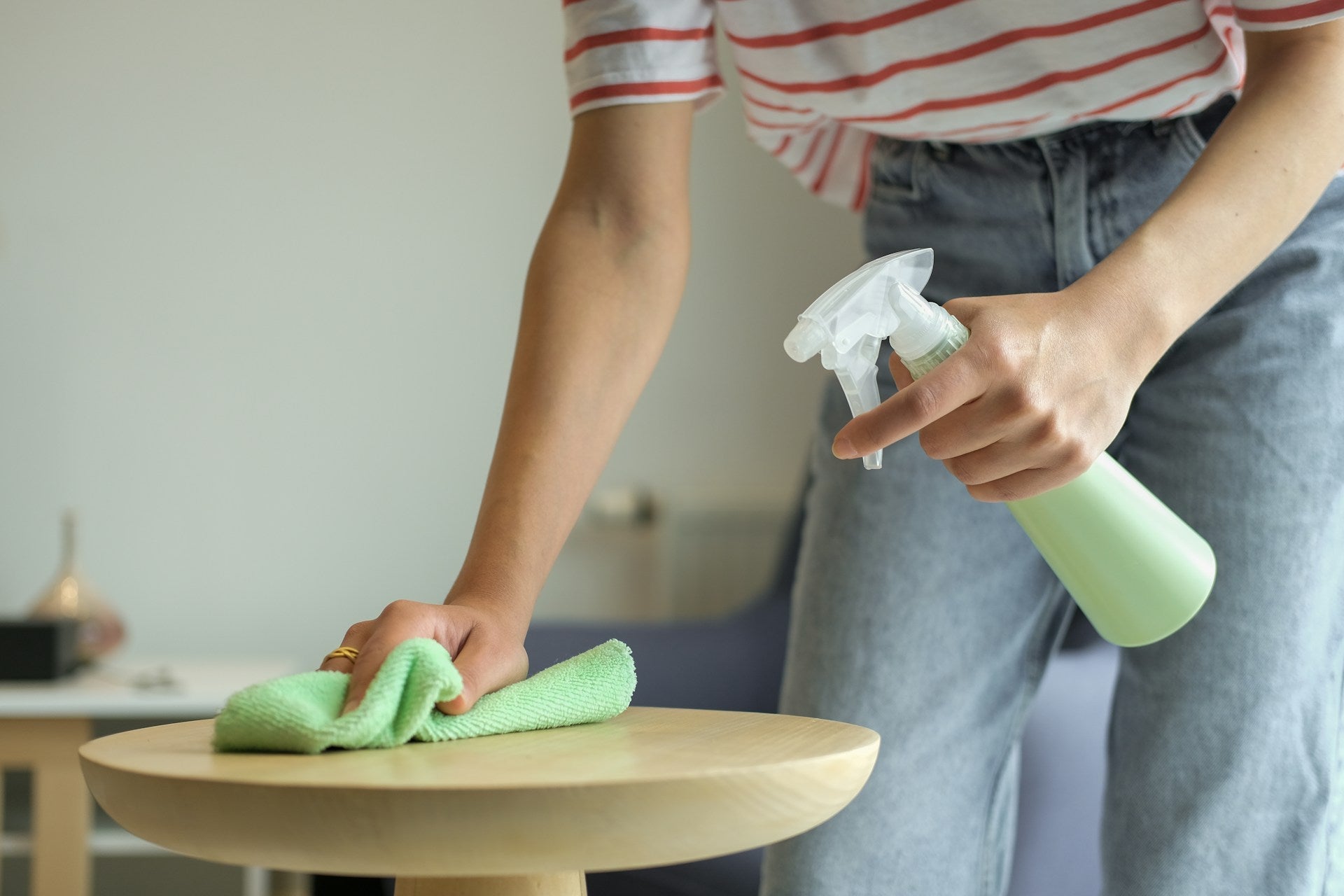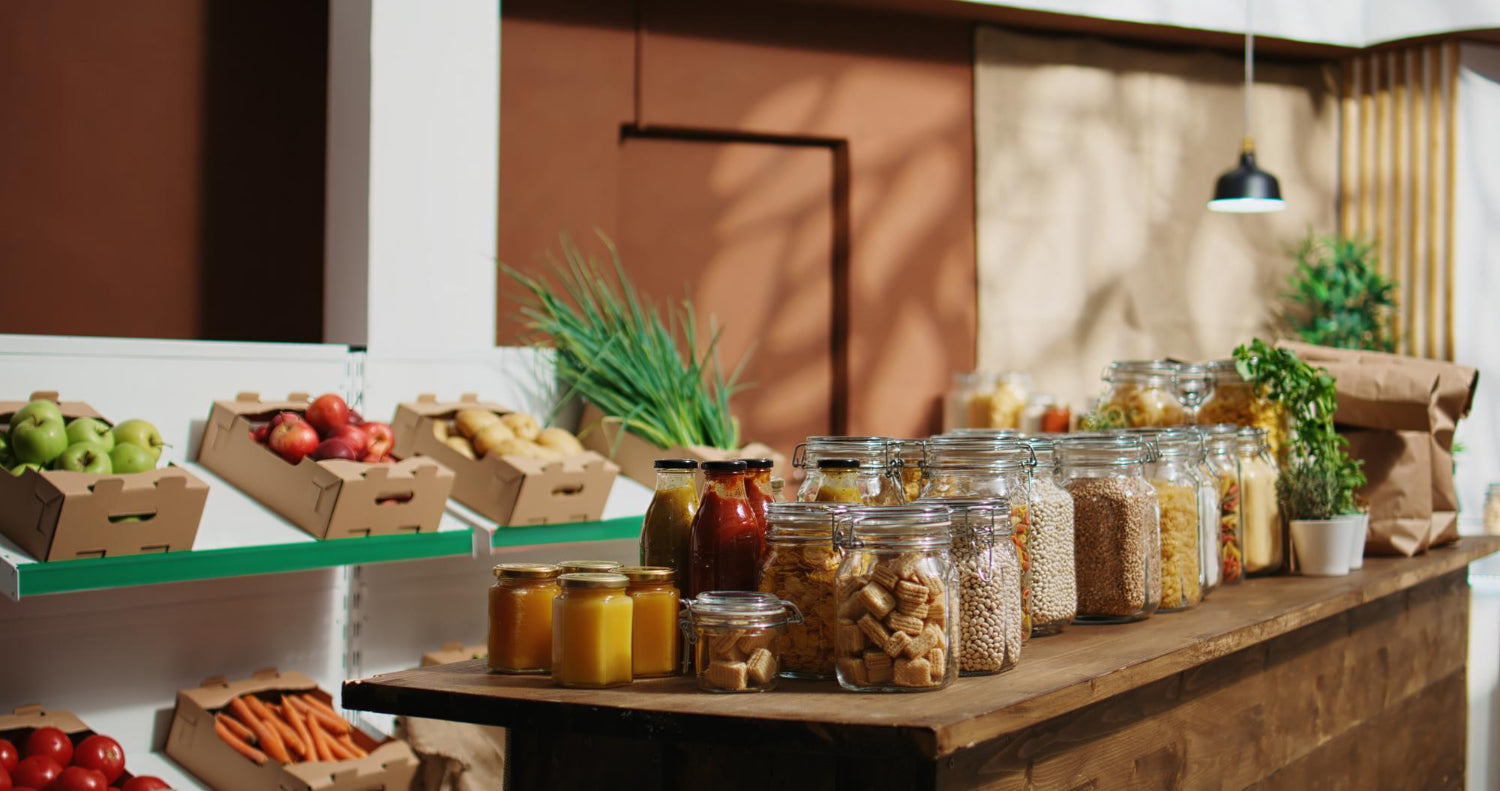Pet owners worldwide share a common desire to provide their furry, feathered, or scaly friends with safe, comfortable, and healthy living environments. With concerns about the impact of traditional cleaning products and practices on both pets and the environment, many pet owners are seeking greener alternatives for pet care and cleaning. Creating a pet-friendly home that prioritizes eco-friendly products, sustainable cleaning practices, and responsible waste management can significantly improve the health and well-being of your pets while also benefiting the environment.
In this article, we'll explore essential tips and practices for establishing an eco-friendly pet care routine that supports sustainability and promotes the long-term health of both your pets and the planet. We'll discuss green cleaning tips, responsible pet waste management solutions – including the use of compostable trash bags – and sustainable pet product choices. Our goal is to provide informative, actionable steps for pet owners looking to make a conscious change in their pet care habits while respecting the environment.
Join us as we dive into the world of green pet care, and learn how simple changes in your pet care routine can have a positive impact on the well-being of your beloved pets and contribute to a cleaner, more sustainable planet. Embrace eco-friendly pet care practices, and take meaningful steps toward a greener lifestyle for both you and your pets.
1. Green Cleaning Tips for a Healthy Pet Environment
Maintaining a clean living space is essential for the overall health of your pets. Traditional cleaning products often contain harsh chemicals that can be harmful to pets and the environment. Embrace these eco-friendly cleaning tips to keep your pets and their habitat safe, healthy, and fresh:
- Use non-toxic, eco-friendly cleaning products: Replace your conventional cleaning products with natural, environmentally friendly alternatives. Look for pet-safe, non-toxic cleaning solutions that are free of harmful chemicals and fragrances.
- DIY cleaning solutions: Create your own cleaning products using natural ingredients like vinegar, baking soda, and essential oils. Homemade cleaning solutions can be effective and safe for both your pets and the environment, and are often less expensive than store-bought products.
- Establish a regular cleaning routine: Maintain a consistent cleaning schedule for your pet's living spaces, including cages, bedding, and litter areas, to ensure a clean and healthy environment.
2. Sustainable Pet Product Choices for Eco-Friendly Pet Care
Selecting eco-friendly products for your pets is a crucial step in embracing sustainable pet care. Consider these sustainable pet product choices when shopping for your pets:
- Choose eco-friendly pet toys: Opt for pet toys made from natural, sustainable materials like hemp or organic cotton, and avoid plastic or synthetic options.
- Recycle or upcycle pet items: Reuse or repurpose old pet products, such as turning a worn-out shirt into a dog bed or sewing a torn dog toy together, instead of buying new items.
- Eco-friendly pet food: Purchase pet food that utilizes sustainable ingredients and eco-conscious packaging, or consider making homemade pet food using locally sourced, organic ingredients.
3. Responsible Pet Waste Management for Green Pet Care
Effective and sustainable pet waste management is an essential aspect of green pet care. Incorporate these responsible waste management practices to minimize the environmental impact of pet waste:
- Consider compostable or biodegradable waste bags: Replace single-use plastic pet waste bags with compostable or biodegradable alternatives, like Plastno's compostable trash bags. Using such bags reduces your reliance on plastic and helps minimize plastic pollution.
- Dispose of pet waste properly: Follow local guidelines and best practices for disposing of pet waste, whether it involves flushing, composting, or disposing of it in a designated waste receptacle.
- Opt for eco-friendly cat litter: Choose cat litter made from sustainable materials like wood, recycled paper, or corn. These eco-friendly litters have a smaller carbon footprint than conventional clay-based litters and are biodegradable.
4. Green Living Tips for Pet Owners: Building an Eco-Friendly Home and Lifestyle
Creating an eco-friendly home and lifestyle not only benefits you and the environment, but also enhances your pet's well-being. Implement these green living tips alongside your sustainable pet care practices:
- Save energy with pet-related appliances: Reduce energy consumption by choosing energy-efficient pet appliances like heating pads, grooming tools, and tank heaters. Always unplug or turn off devices when not in use to save electricity.
- Contain indoor pets in a designated space: Designate a specific area for indoor pets, such as a pet bed or containment system, to minimize resource consumption, reduce cleaning efforts, and decrease indoor pollutants.
- Promote natural pest control alternatives: Instead of using chemical pesticides and insecticides, consider natural pest control alternatives like diatomaceous earth, neem oil, or beneficial insects to protect your pets and the environment.
Conclusion
By adopting green cleaning tips, selecting sustainable pet products, practicing responsible pet waste management, and green living practices, you can create a safe, healthy, and eco-friendly environment for your pets, home, and the environment. Taking these small, mindful steps toward sustainable pet care can have a significant, positive impact on the health and happiness of your pets and contribute to a cleaner, more sustainable planet.
Begin your journey toward eco-friendly pet care today and explore Plastno's range of compostable trash bags, designed to support green pet care and sustainable living. Discover how our planet-friendly products can help you and your pets embrace an environmentally conscious lifestyle for a brighter, greener future.





Share:
Plastic-Free Home Organization: Reduce Waste with Sustainable Storage Solutions & Eco-Friendly Cleaning Tips
Zero Waste Kitchen: Essential Tips for Reducing Waste and Embracing Sustainability